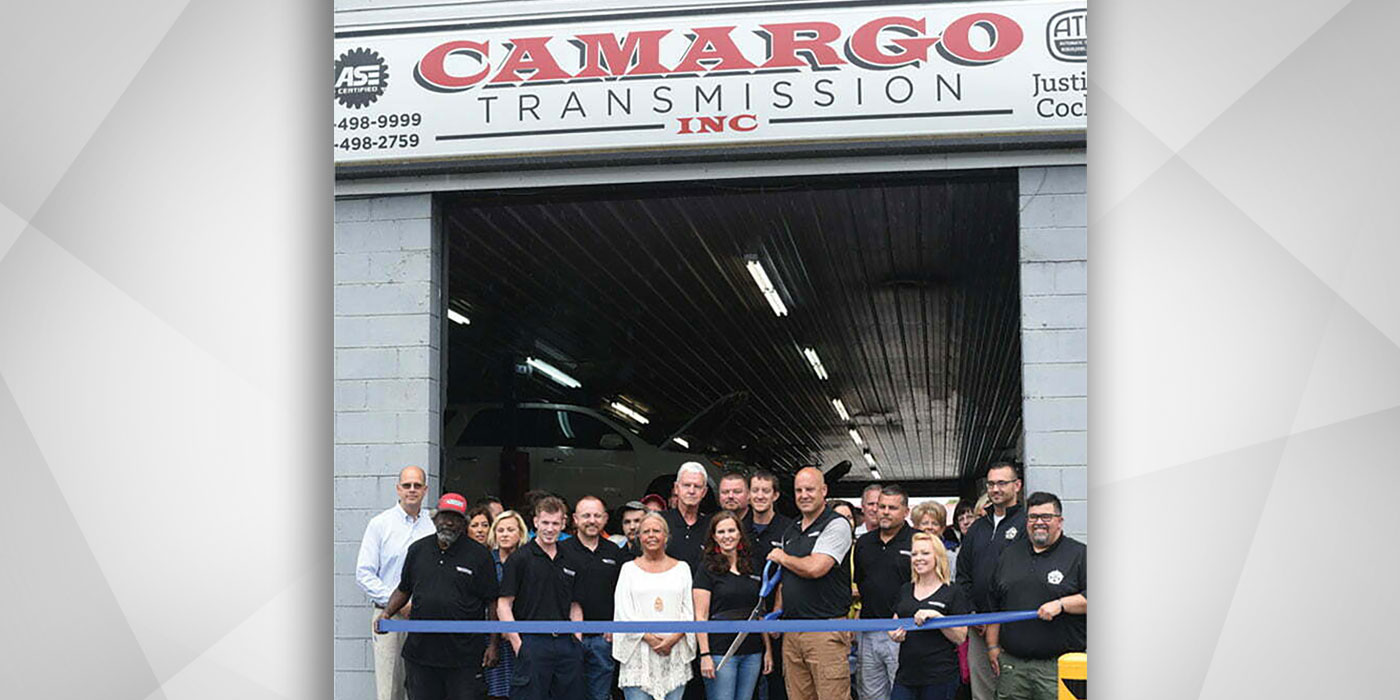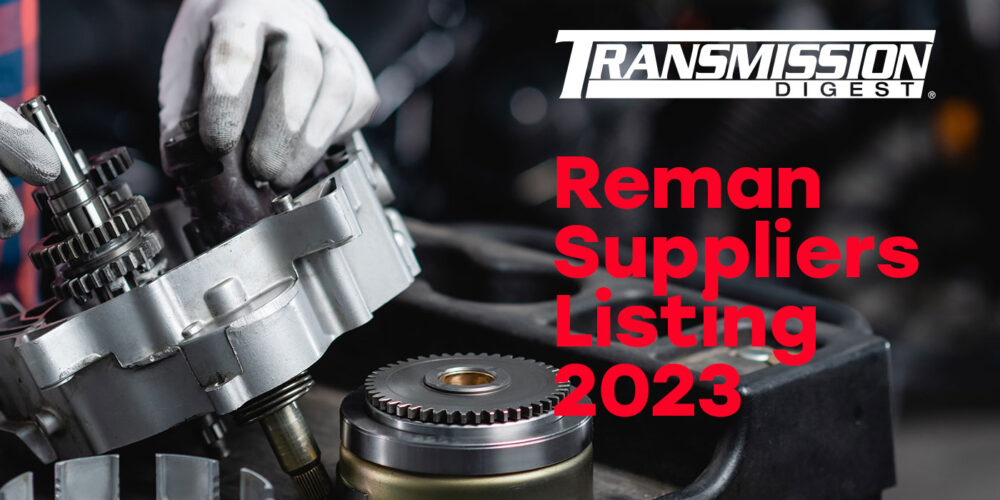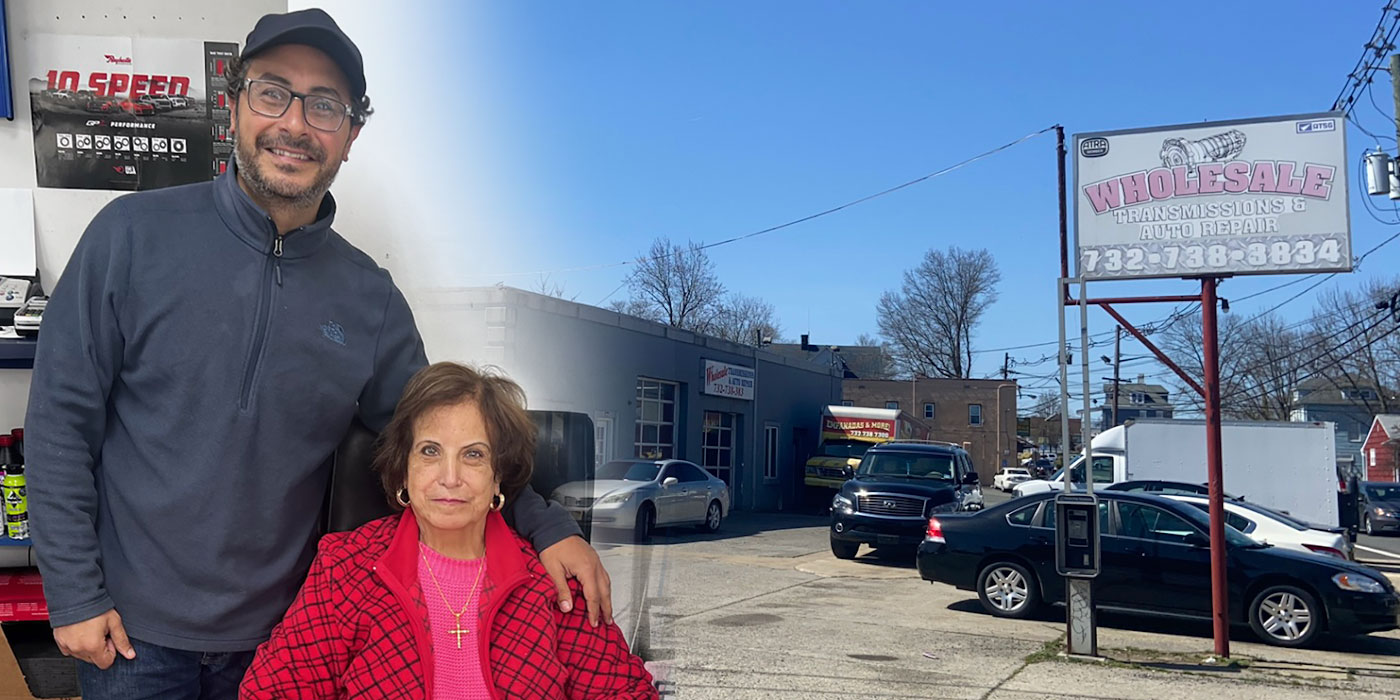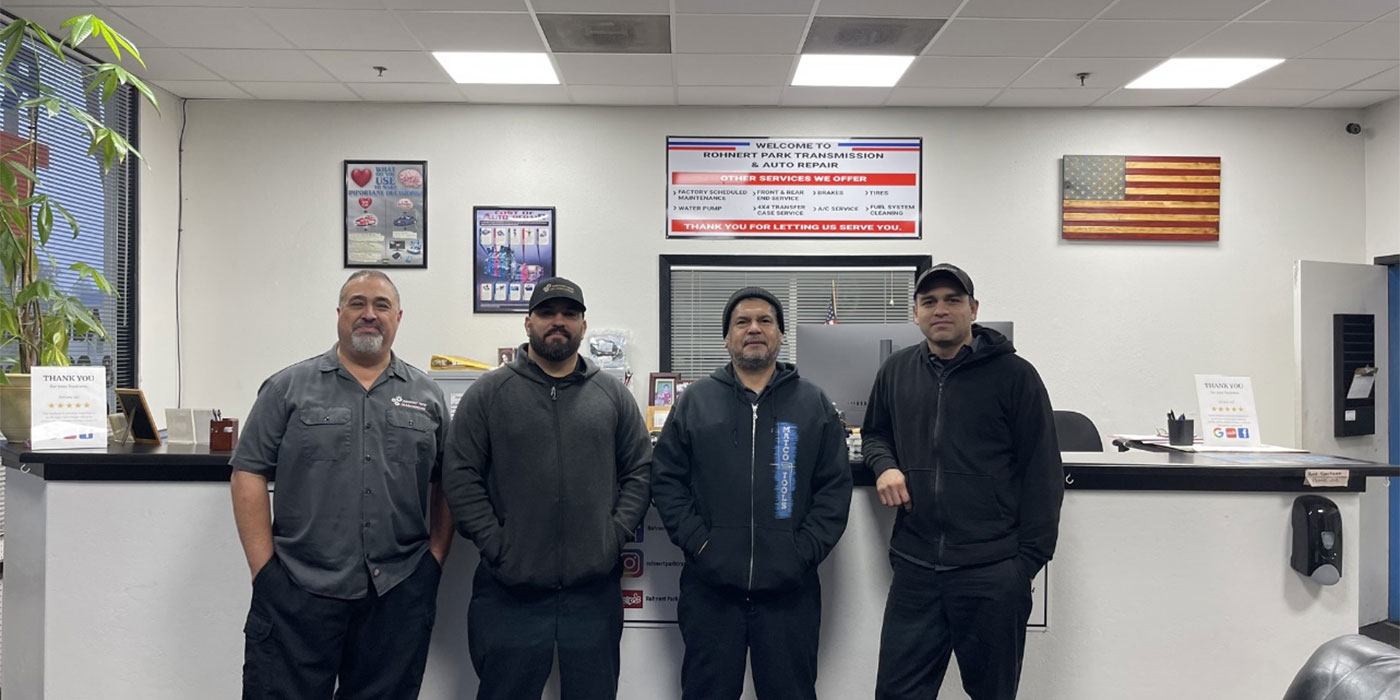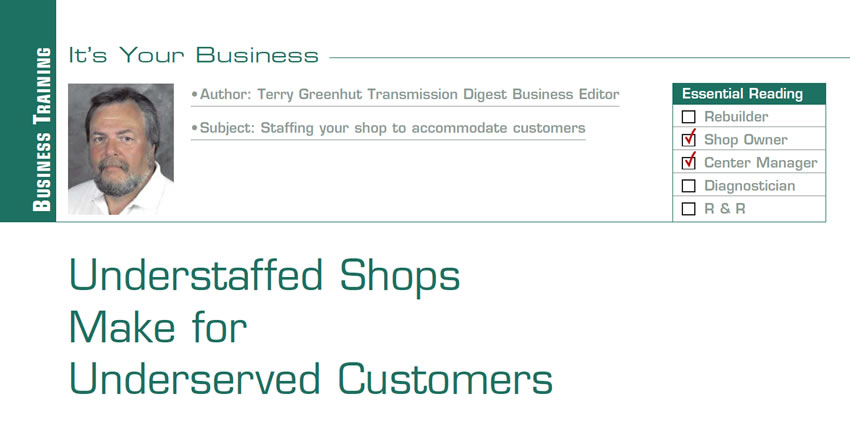
It’s Your Business
- Subject: Staffing your shop to accommodate customers
- Essential Reading: Shop Owner, Center Manager
- Author: Terry Greenhut, Transmission Digest Business Editor
In an effort to economize, often shop owners attempt to operate with smaller crews. Although it makes sense to save as much as possible it can’t be at the expense of customer service. If you don’t have enough people to get the job done, several not-so-good things will happen.
When the shop is understaffed, owners and managers turn down work. Often they don’t know they are doing it and they will never admit that they are chasing customers, but that’s what they’re doing by not trying very hard to sell a job or by stalling customers off to a point where some of them just go away – all because they are understaffed and don’t know how they will get the work out after they’ve taken it in.
Rather than cutting back on staff, owners would be well advised to increase their marketing effort to draw in enough customers to sustain or grow the present staff. Every shop has fallen victim to the recession and modern technology to one degree or another. Owners who have lost a significant number of customers or car count can go into panic mode and start cutting back their operations. If they go too far in that direction they can cause themselves to lose the customers they have left, and then it’s game over.
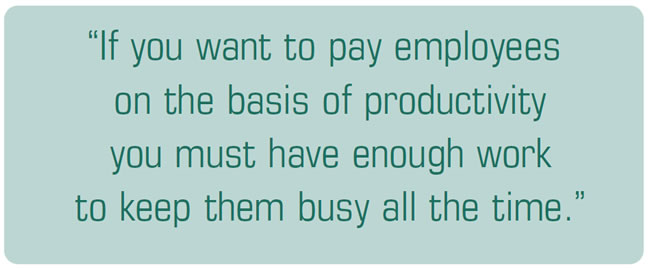
Turning down customer requests or trying to stall customers who are used to being served immediately by you or any other business they frequent is a formula for going broke. After all, you are only as good as the last experience they had with you. Instead of growing your customer base by satisfying them, you shrink it when they realize they won’t get the kind of service with which you previously spoiled them. Don’t believe it? Look directly into a customer’s eyes when she comes in and asks you to perform some type of service and you stall her or, worse yet, tell her that you are understaffed today. The look of disappointment in her eyes says it all. Understand why the customer chose now to be standing in front of you making this request. It’s because she has time now. When you stall her you force her to either change her schedule or find somewhere else that can do it for her now. You can get away with a stall once in a while, but if it keeps happening customers will just stop coming; they’ll think: “Why bother? He’s just going to tell me no anyway.”
Just as the phrase “You can’t sell off an empty truck” applies to not having product in stock ready to go when people want it, you can’t sell labor if you have no one to perform it. All you can do is make customers angry and think about choosing alternatives to you.
Although most shops would love to have all their customers on appointments so they can control the work flow, parts ordering and labor management, the reality is that you can make some appointments but a good deal of your work is going to wander in off the street or come in on an emergency basis. Those people will expect to be accommodated. If they aren’t, they’ll be gone. There are just too many other choices.
Regular employees whose hours or days are cut can become problematic. They are used to their work schedule and have pretty much spent the amount of money they think they are going to earn before they make it. When you cut them they sometimes feel cheated, which can lead to hampered performance both as technicians and as seekers of additional items to fix on cars on their lifts. All this leads to less and less work in the shop.

One key rule of a successful business is never say “no” to a customer’s request. Find a way to say “yes.” That means having enough people or working enough overtime to satisfy everyone. If that means working nights and weekends for a while it’s what must be done. Take yourself back to your early days of being in business, when you were willing to work all kinds of hours and do any kind of promotion to make the business successful. That’s what needs to be done again to put you and keep you on top.
When I was initially growing my shops I would have my guys work overtime when necessary, and if it got to the point where the amount I was paying out was enough to pay another employee’s salary I would hire an additional one and cut back on the overtime. If the OT got up there again I would hire another one, and so on; but no matter what it took we always accommodated the customers.
Understand that we are not talking about pricing now, simply about accommodating customers. Your prices, as always, will have to be based on your costs and the profit you’d like to make. So figure out what each employee really costs you and apply it to each job as you price them. Then you will know what it costs to have each employee working for you. Ideally, if you can pay employees solely on a productivity basis, having them there doesn’t cost you except for the times you have them fixing things in the shop. As long as they are working on customers’ cars they’re making money for you, not costing you.
If you want to pay employees on the basis of productivity you must have enough work to keep them busy all the time. If you can’t sell at least 40 hours for each employee every week you have to look at another plan. On the bright side, once your employees realize that their pay depends on how much you can sell and how fast they can work they are likely to start looking for more to fix on customers’ cars and for ways they can save time. They might even push you to sell the extra work that you haven’t been.
A marketing effort that doesn’t cost a fortune needs to be implemented, or if it already is then it needs to be monitored and worked on a very regular basis. The Internet being the prime marketing tool most shops rely on since the decline of the Yellow Pages, you must continually upgrade and study your presence there to be sure it attracts customers. A website, therefore, is not something you create, put up on the Internet and forget about. It has to be updated continually. You need to be checking for derogatory customer comments placed by either customers or competitors so that when you find them you can post so many positive comments that it pushes the bad ones so far down that viewers will never get to them. (There are services that can do that for you.)
Your website needs to show and tell the story of your business – but in the short version, because people won’t stay on a site long if they don’t see anything that interests them within the first few seconds. So don’t assume that your website works just because you like the way it looks. Ask friends, relatives, customers and companies that monitor sites for their opinion. Having a blog associated with your site where people can read articles of interest or look at a video presentation about your business can help a lot.
Having an outside salesperson to help you go after wholesale and fleet business is still an important part of the marketing and sales process. Who knows? A good salesperson might get you back some of the accounts you lost or find you some new ones to replace them.
The key is to quit thinking about shrinking the business to match the present-day customer base; it’s about regrowing the business to bring it back to its glory years. It can be done with one simple concept: Increase the size of your customer base. When there isn’t as much work to do on the cars people have in their families or the trucks they have in their fleets, you need more customers to create more possibilities. Think of it as casting a larger net a little farther out. Is this going to require some work and possibly a small investment? Sure, but what doesn’t? The only question is, “How badly do you want to make it happen?”

Terry Greenhut, Transmission Digest Business Editor. Visit www.TerryGreenhut.com.




